stria

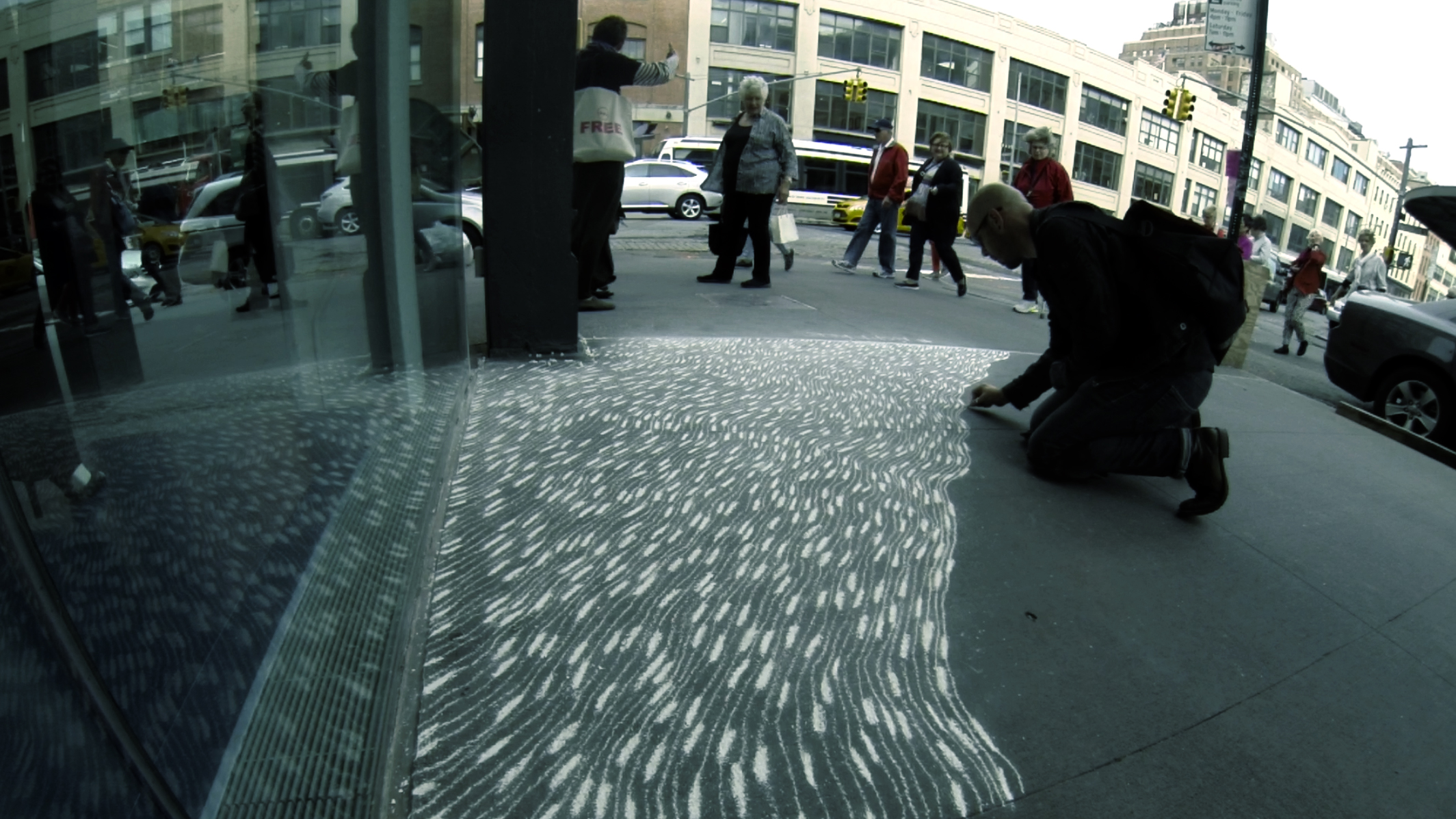
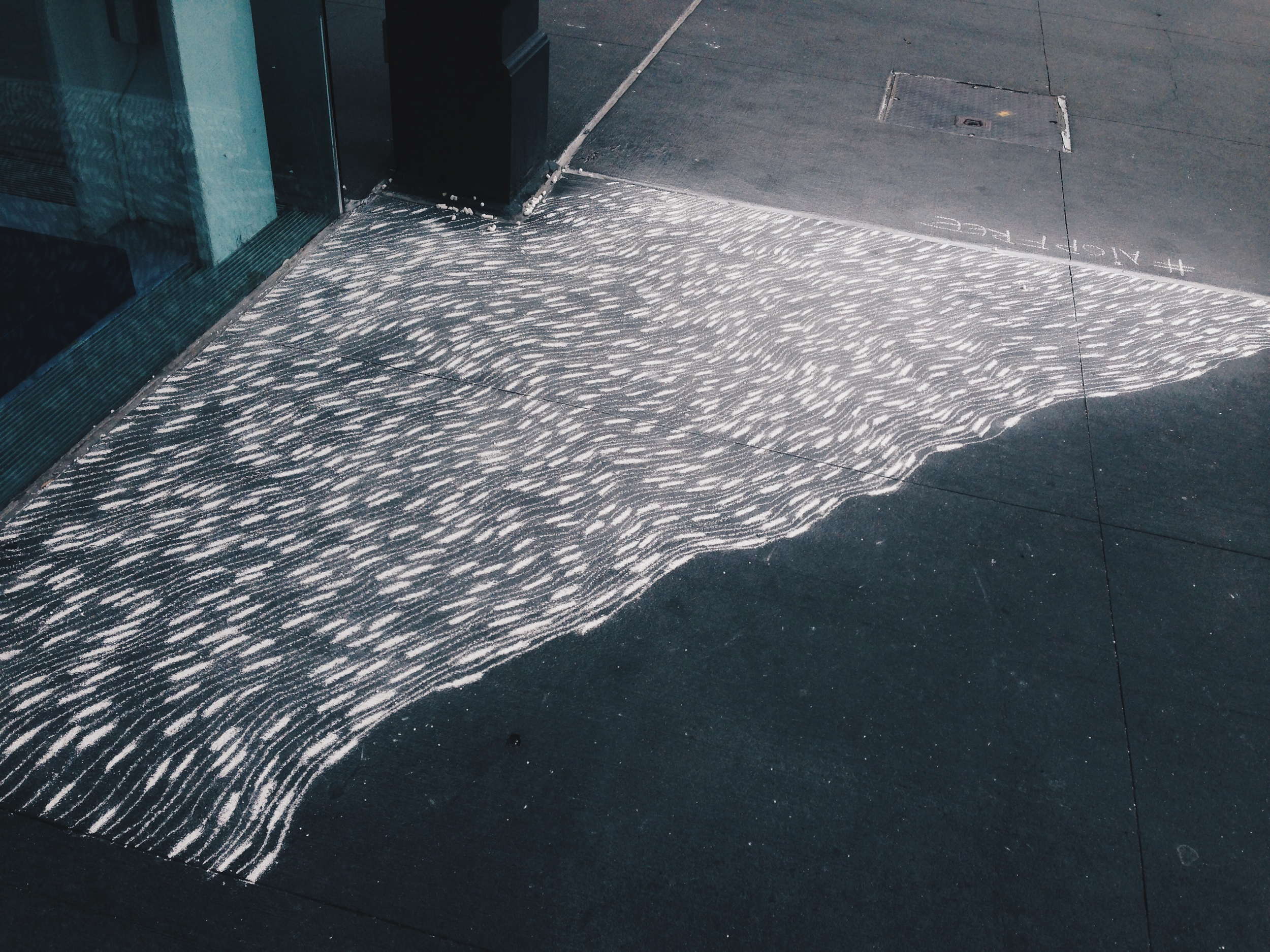
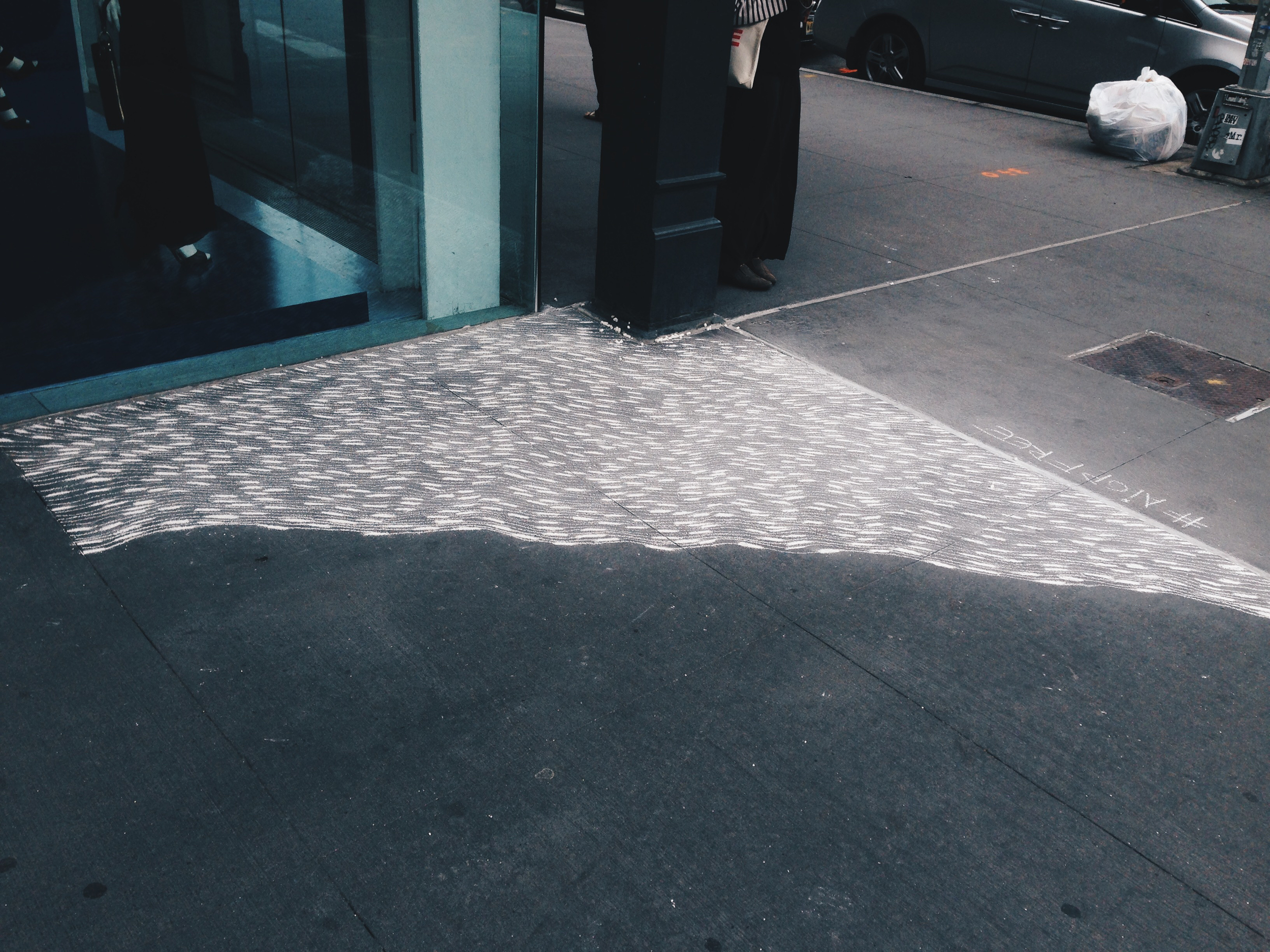
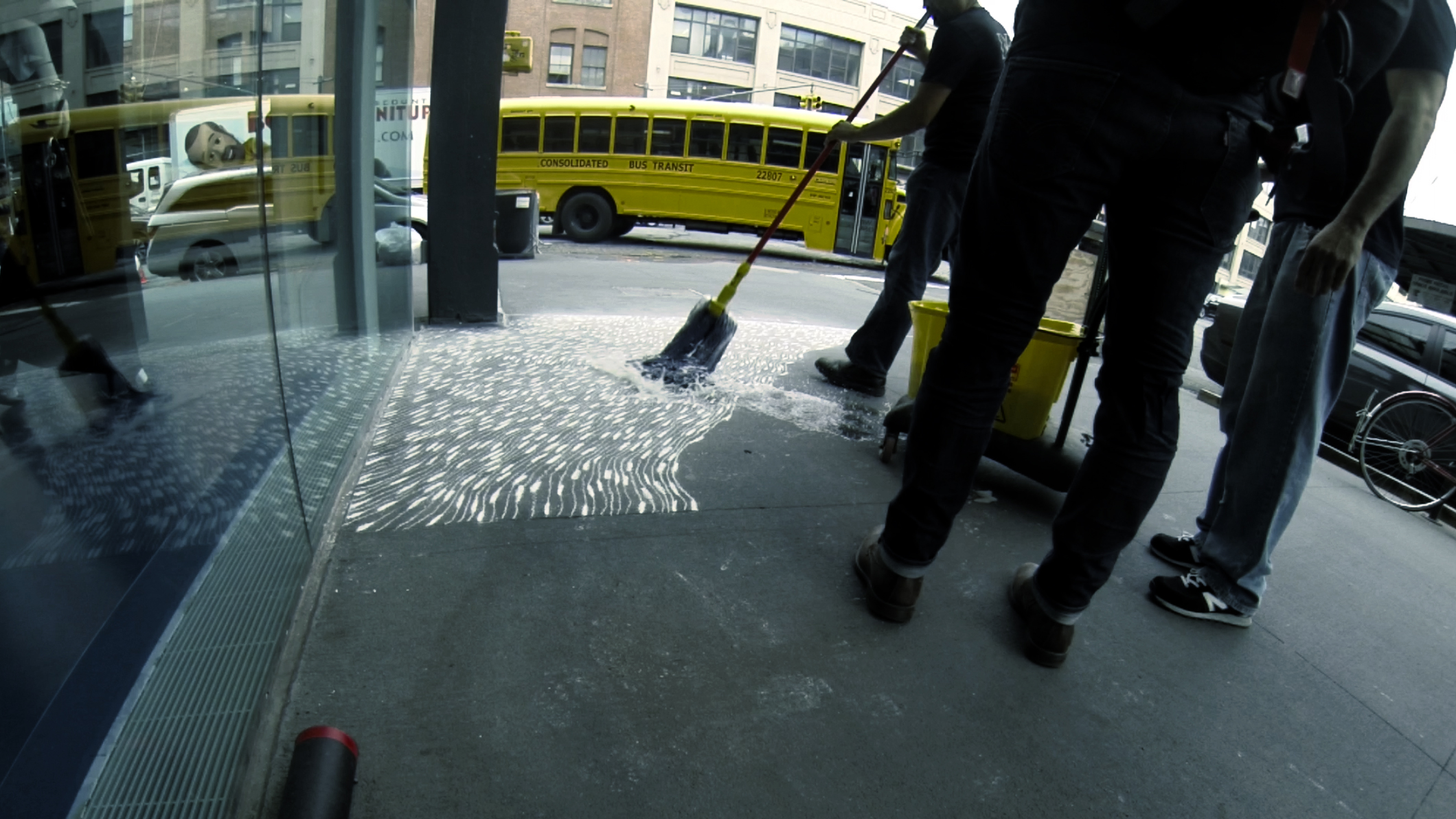
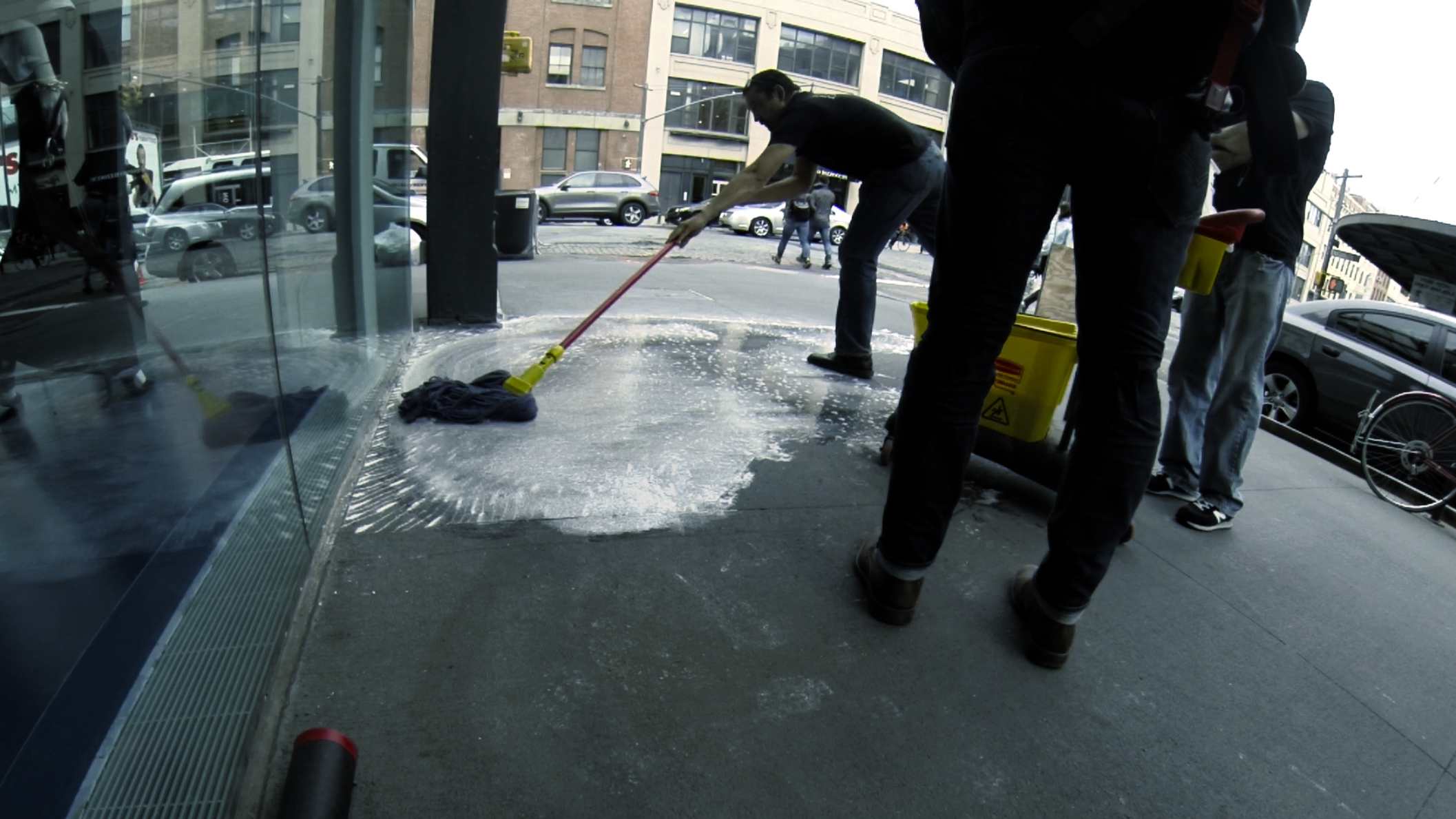
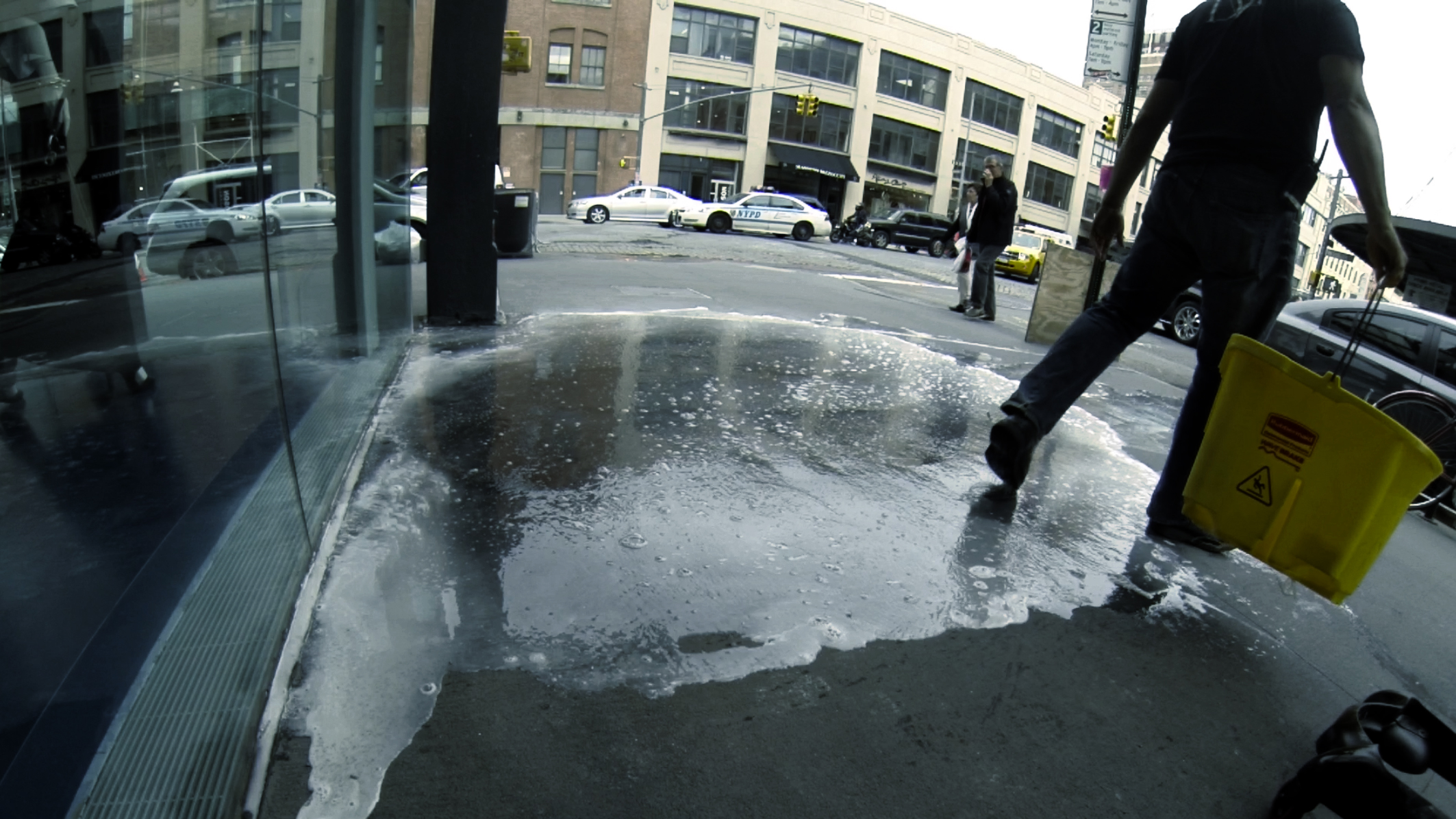

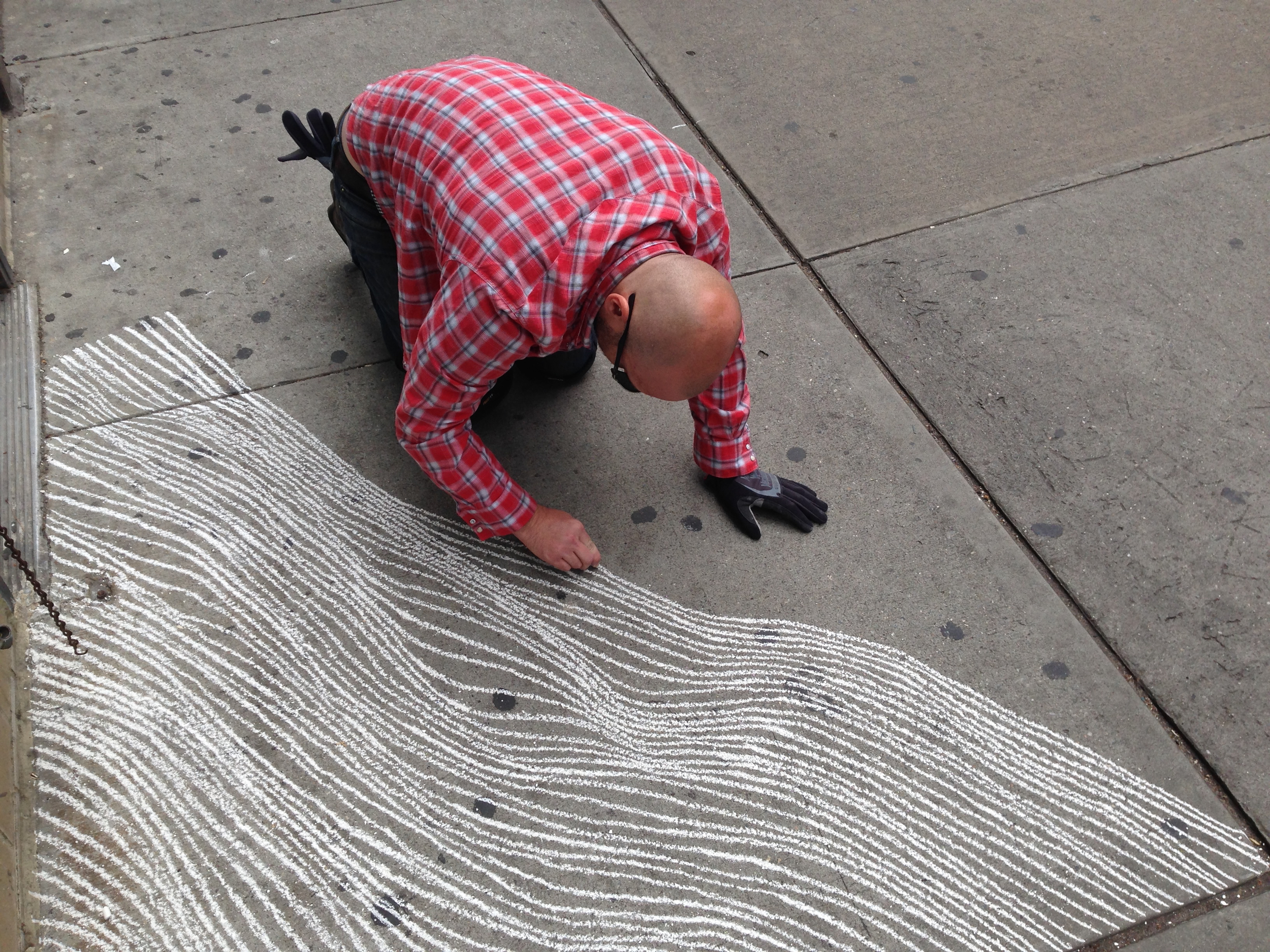
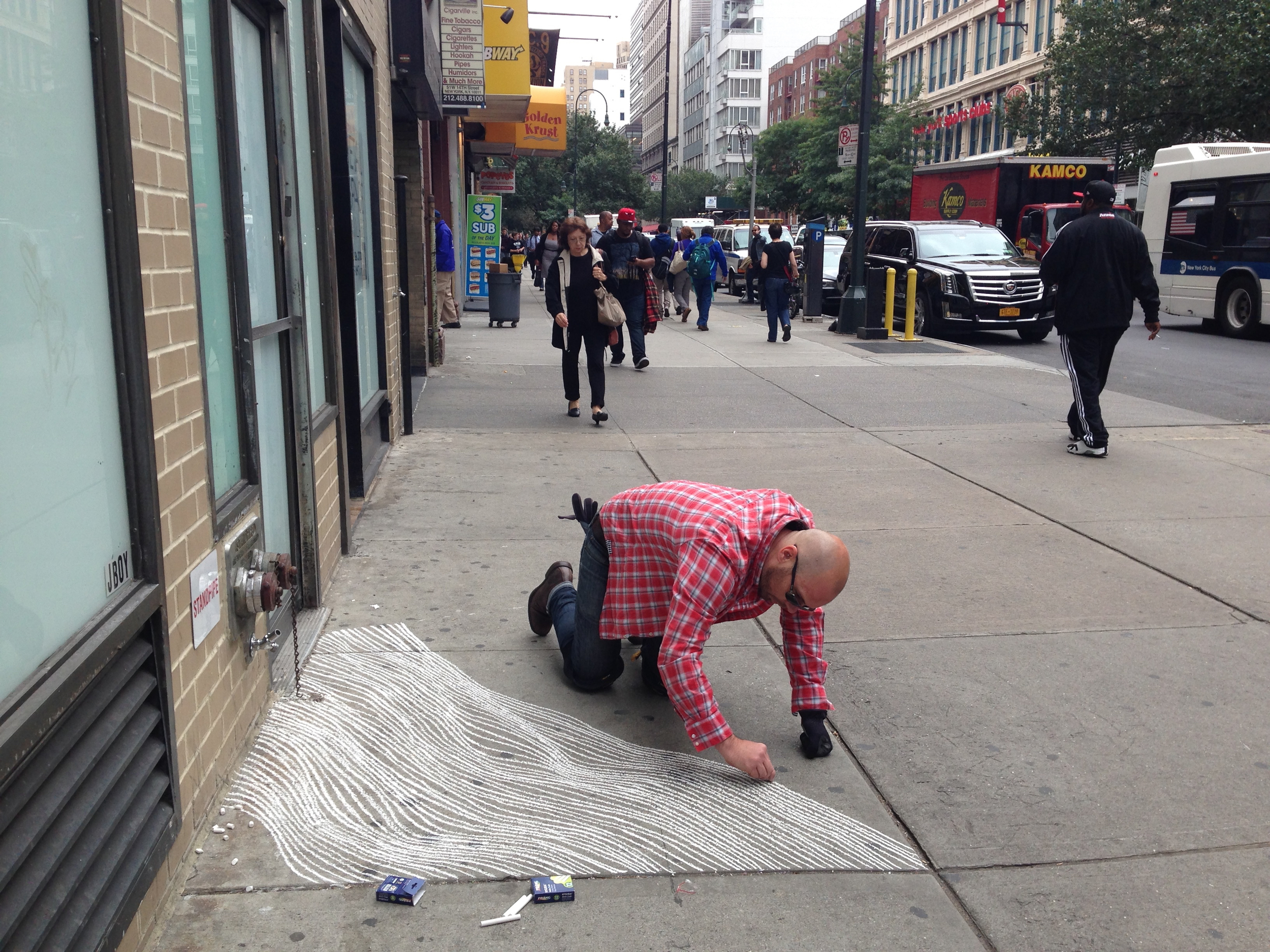

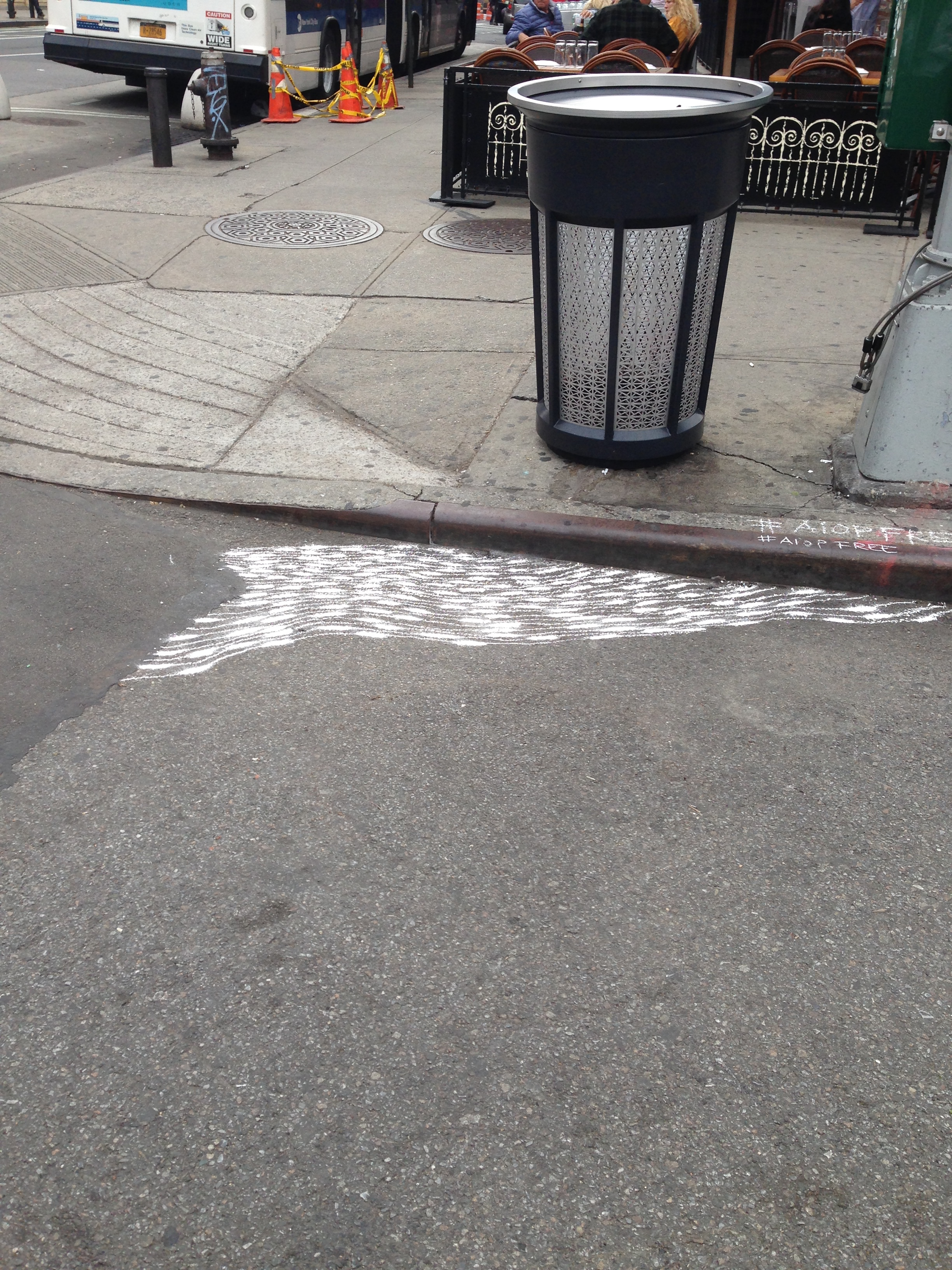
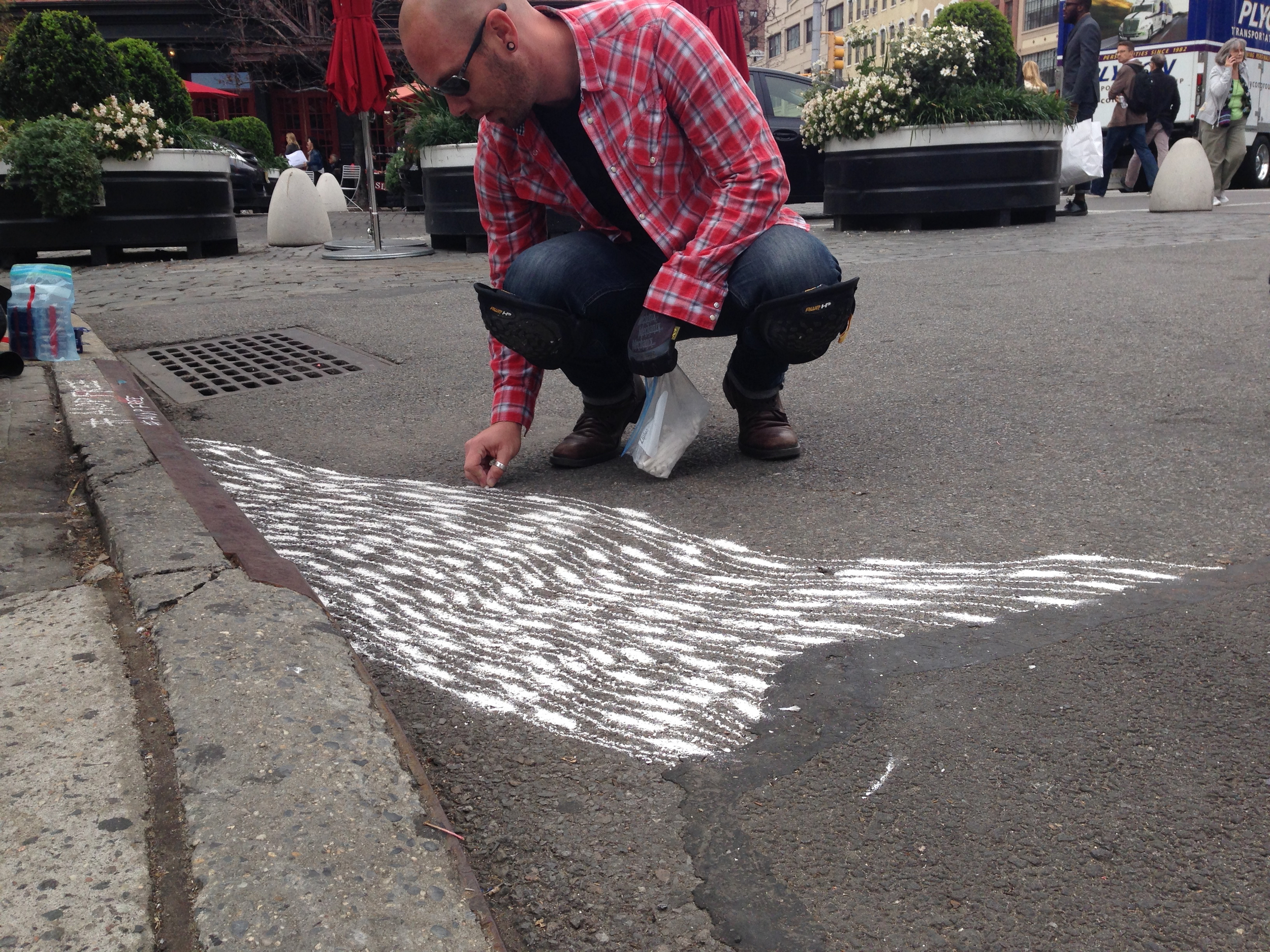
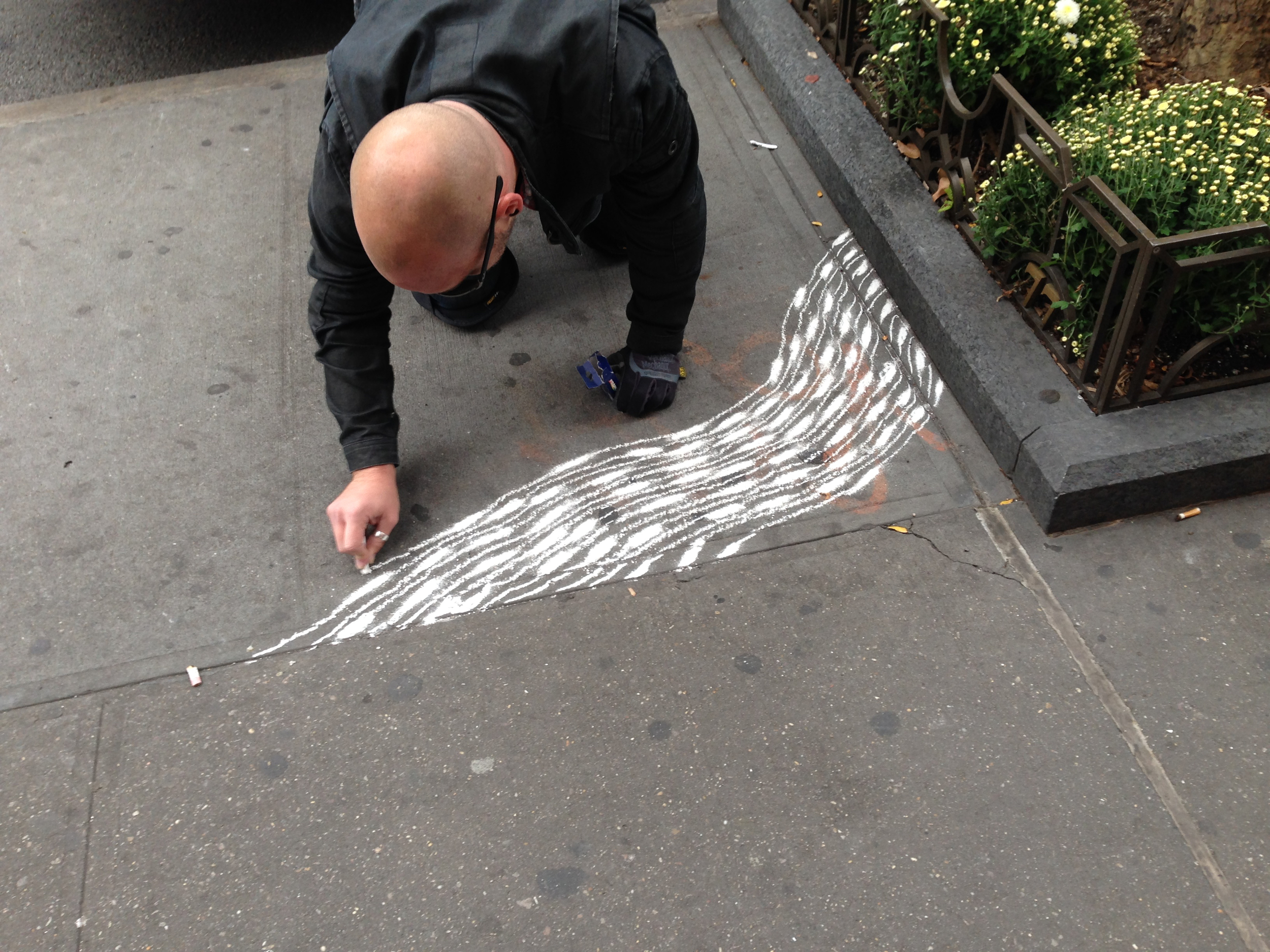
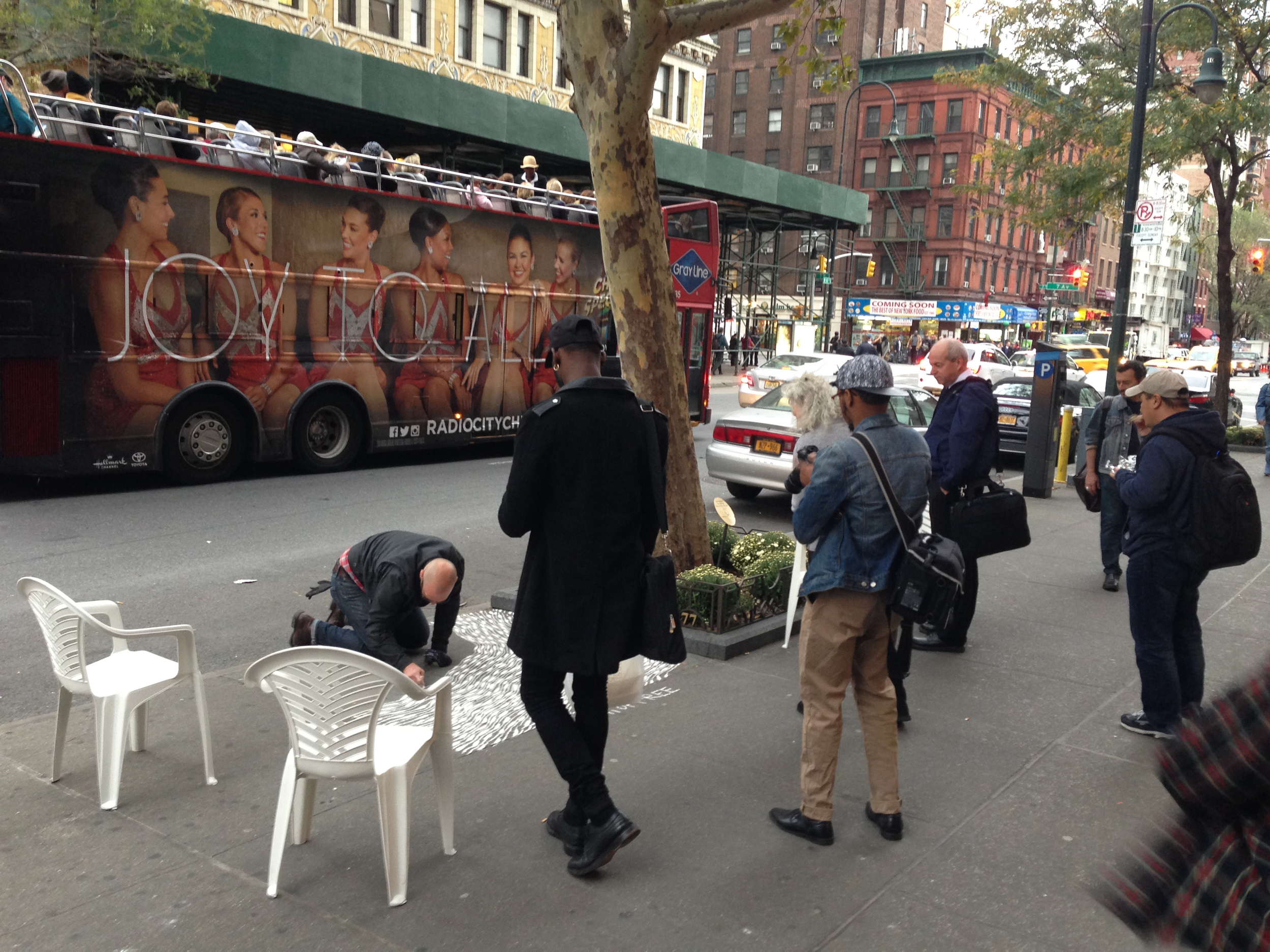
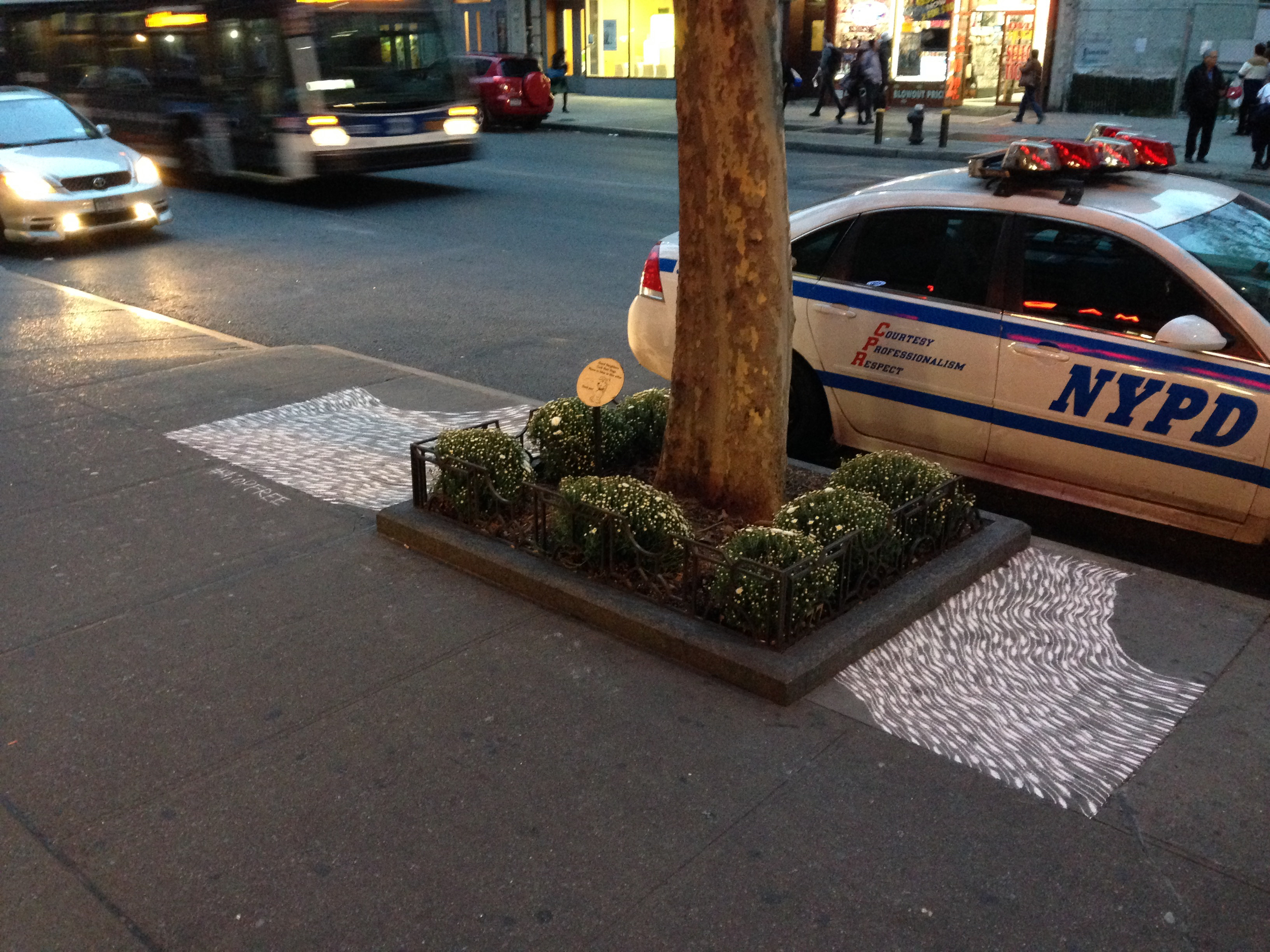
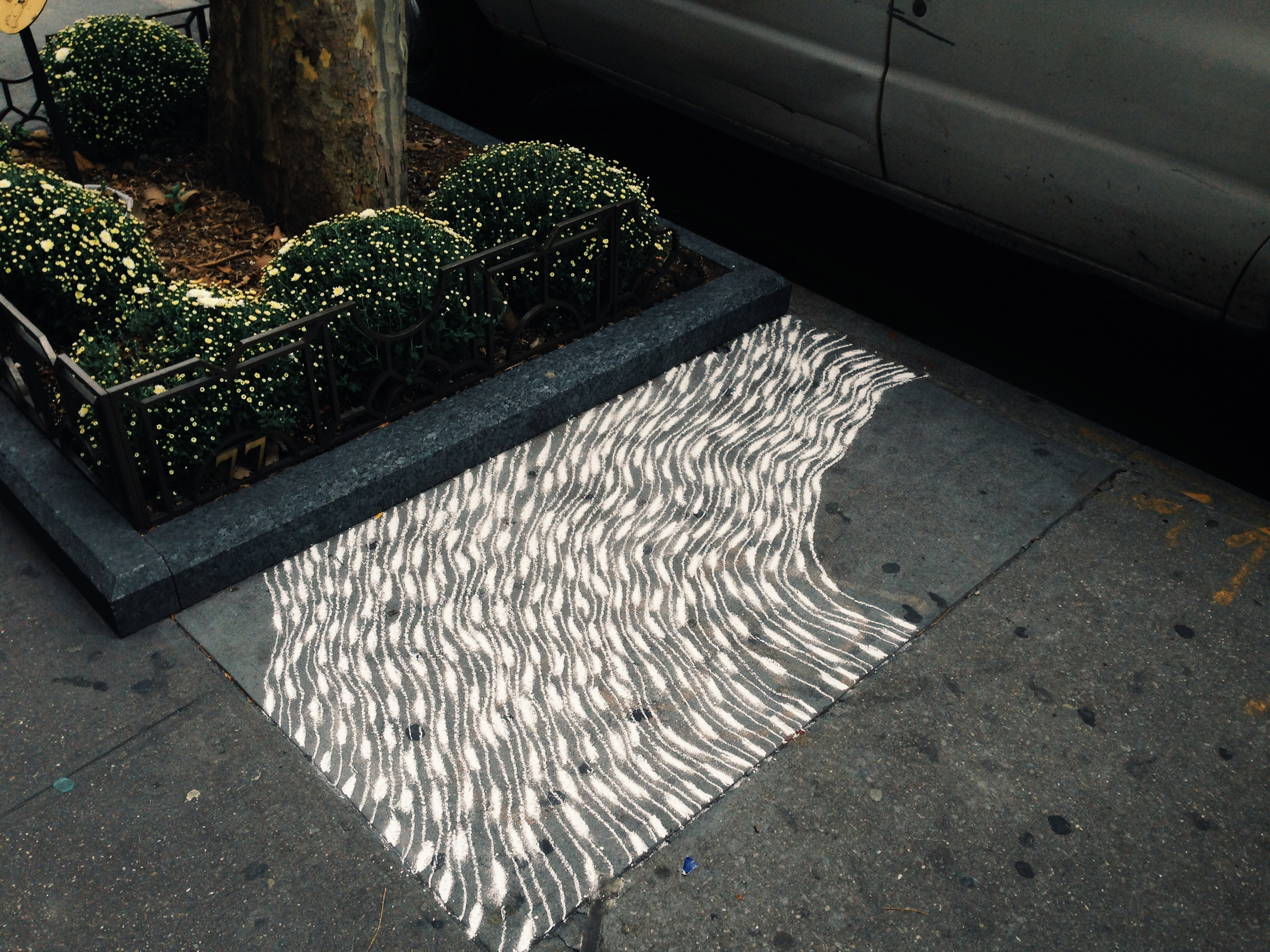

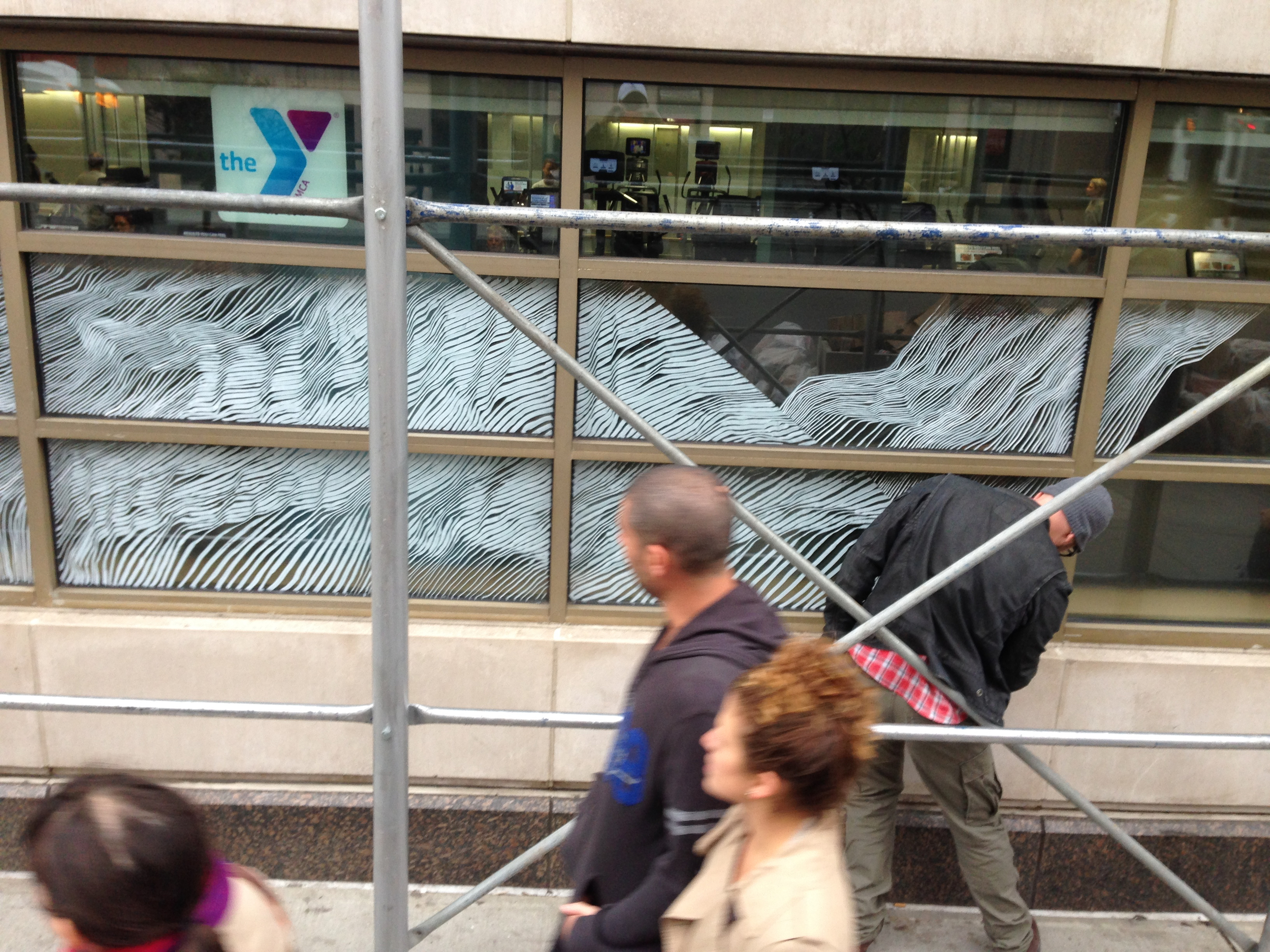
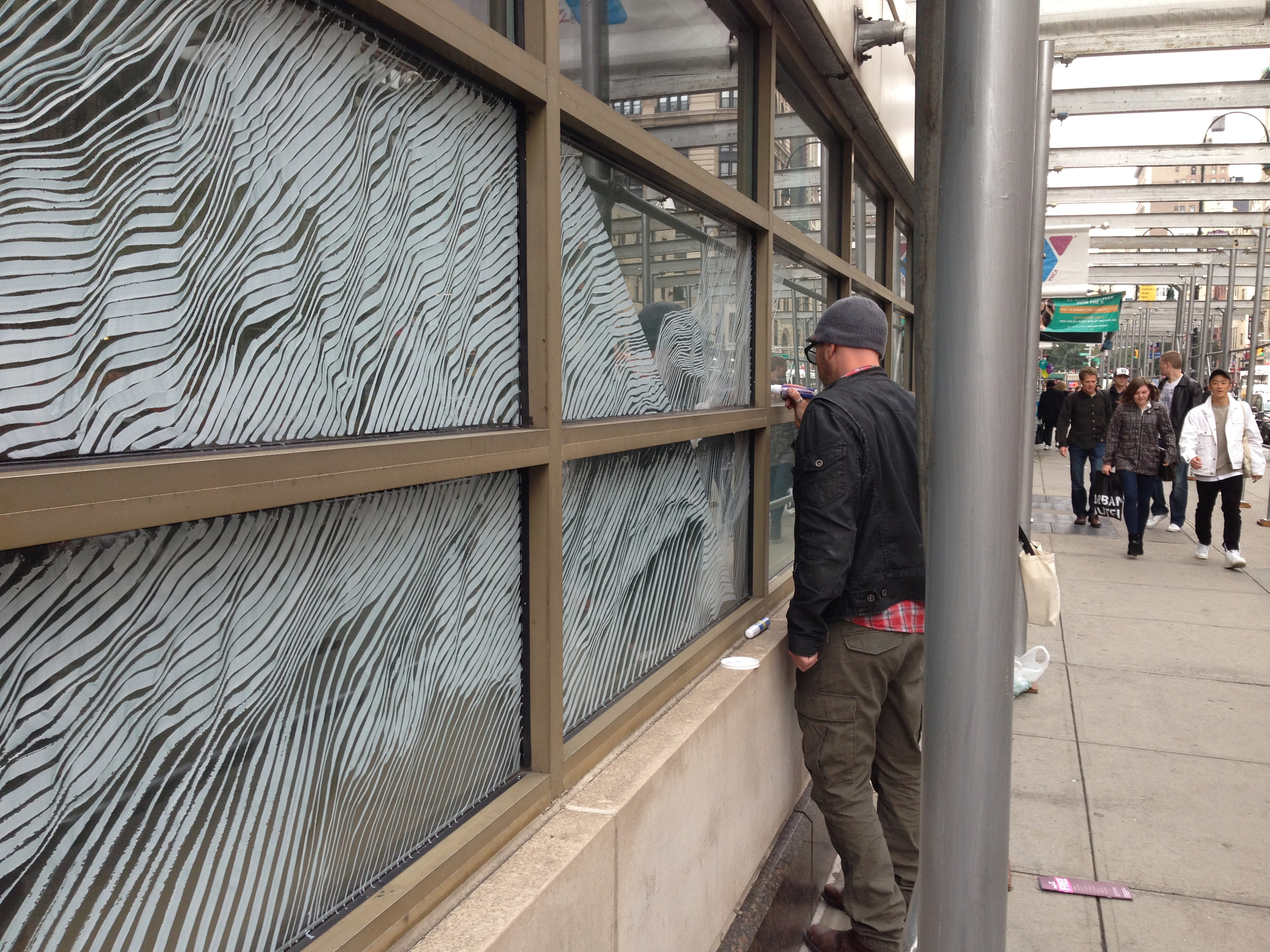
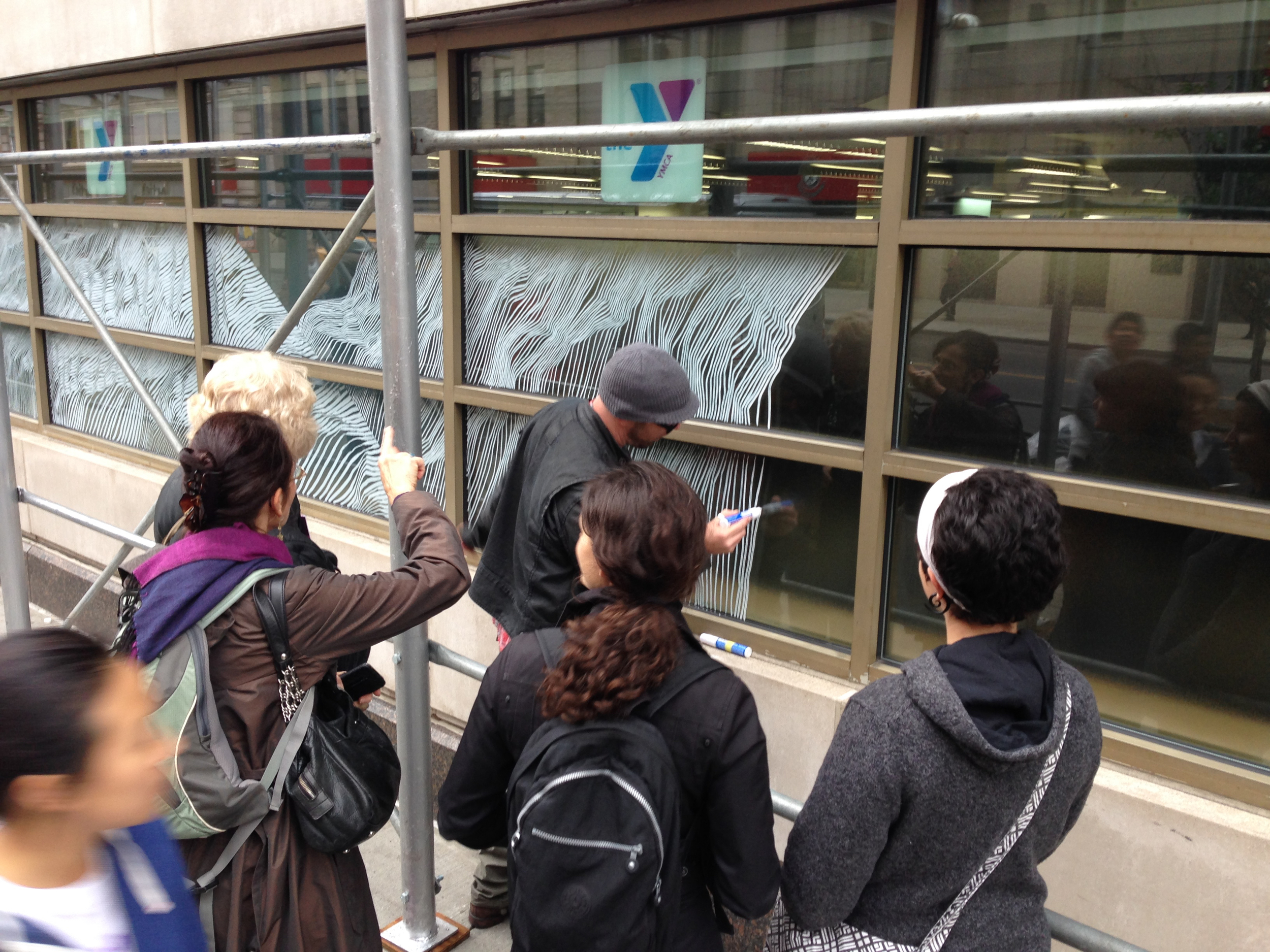
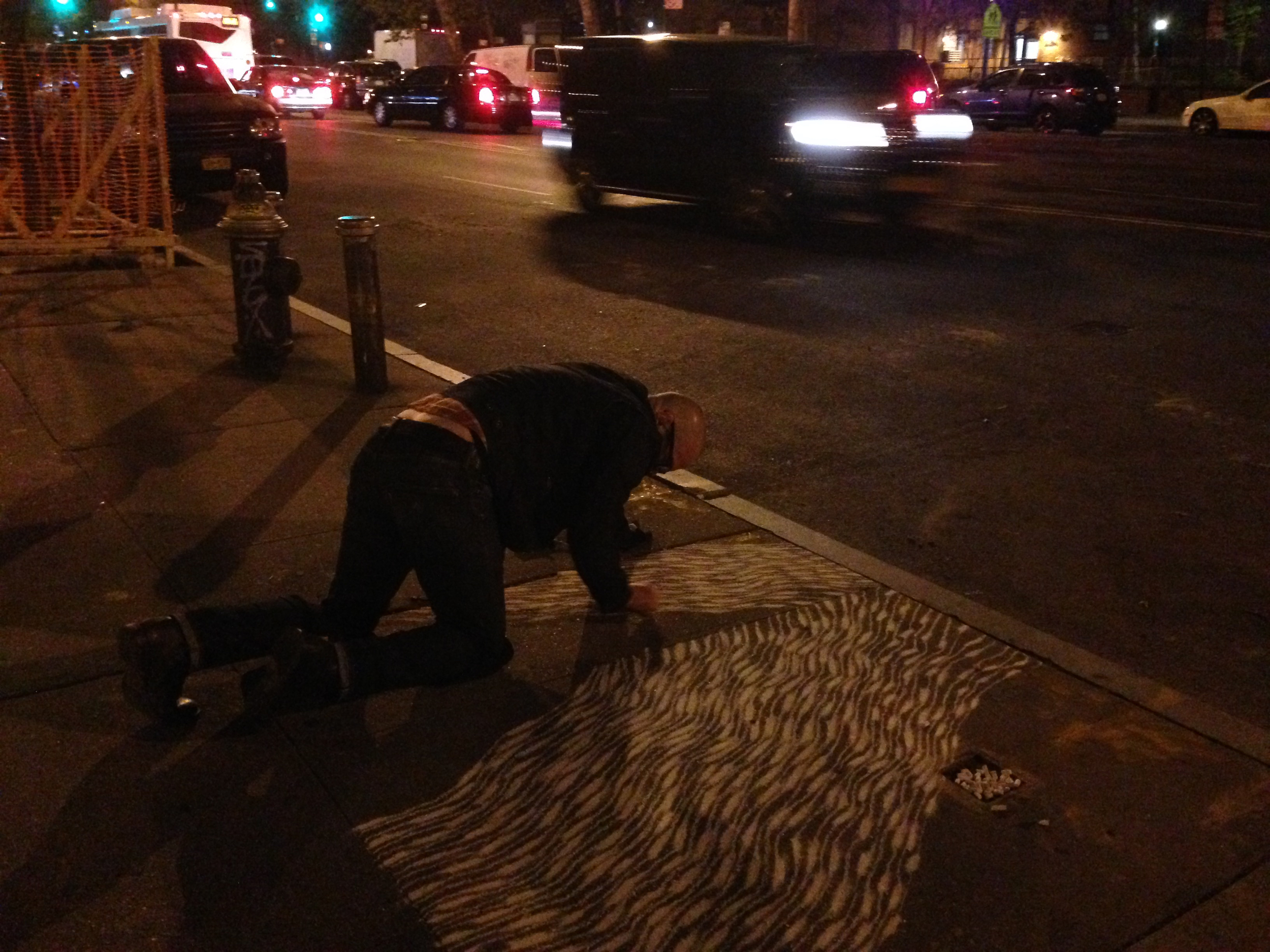
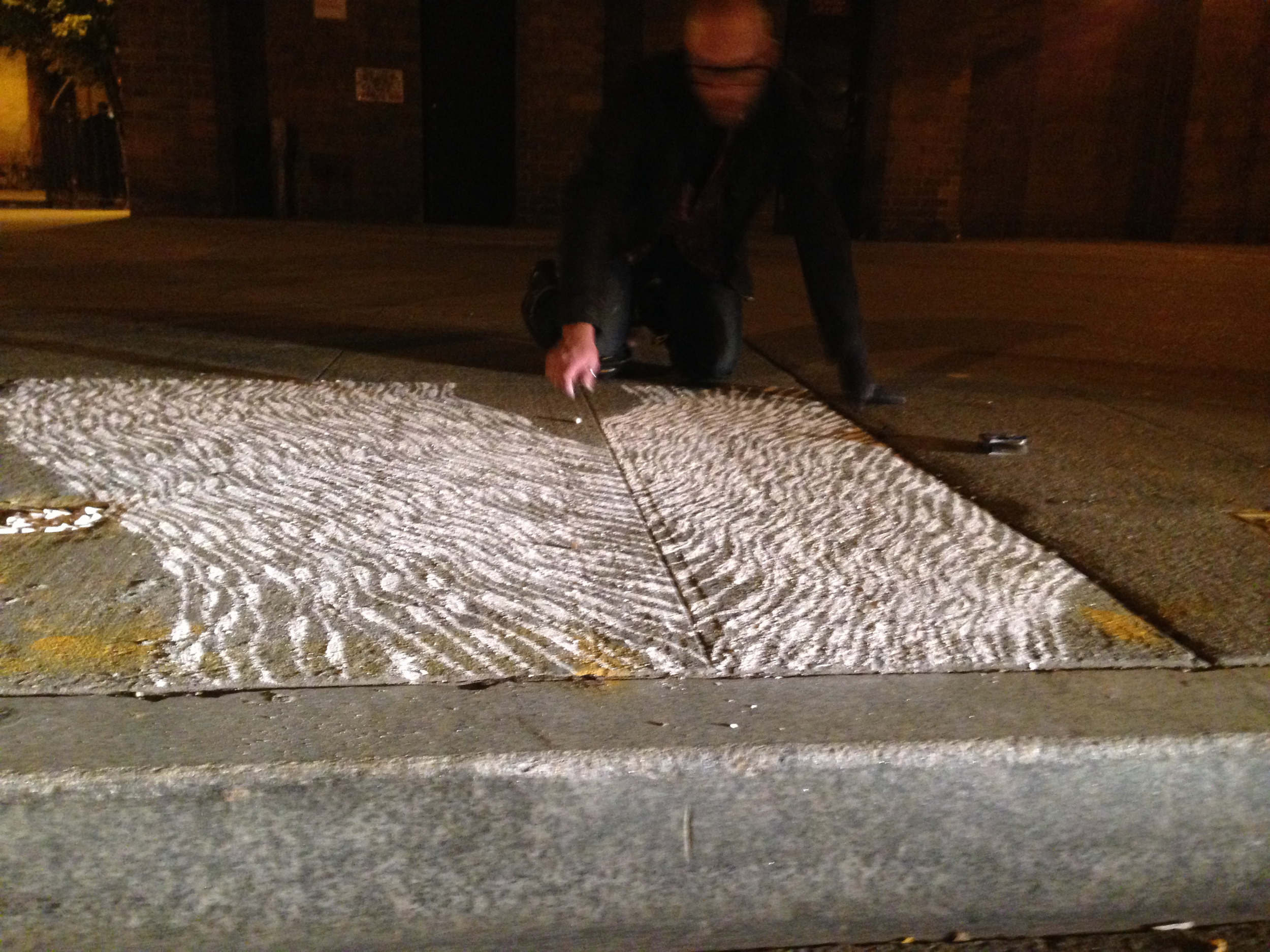
stria: lost time, misplaced moments
In urban environments the present is often overlooked or ignored. As we transition from place to place our minds are occupied— revisiting our past or anticipating our future. The present only exists as a fine point along the continuum of becoming. It is the threshold where future is transformed into past, where successive events form a perceptual unity that can be accessed without needing to call upon our memory. The ephemeral, performative drawings of this series are created and confronted in thresholds, empty storefronts and interstitial spaces along 14th street between 6th Avenue and the High Line, rendering passing moments as a topography through the accumulation of line. Each fragile, impermanent line is a record; a tendril of time holding sensation, attention and intention. Each drawing is a vessel containing these moments, a metaphor for the way a series of cognitions, sensations, minutes and seconds coalesce in our minds— transitioning from the perceptual present to the substance of memory.
The process, materials and form of this series evolved as a means of evoking binary oppositions— issues of temporality and permanence, strength and fragility, fullness and emptiness, presence and absence that resonate with our conception of and relationship to our memory. Once completed each drawing will last for a finite period of time in its location. While the locations will be pre-determined each drawing is made extemporaneously— no compositional decisions are made in advance, each line is made in reaction only to the line that precedes it. Lines are repeated and accumulated resulting in the emergence of form, with the resulting structures often resembling topographic landscapes or flowing fabric. Each drawing ends when the available space is filled or if a prolonged hesitation is experienced.
These works liberate the act of making from the confines of the studio. The resulting works are simultaneously public and private. They are exposed, temporal, fragile, vulnerable, malleable— free. Free to be engaged, free to be destroyed by intention or accident. Free from the sterility of the overly white walls of a gallery, their driving concept or rationale will not be readily known to a viewer. These works are free to be experienced and considered without the support of an aesthetically elevated context. In this way the works are free to be judged, considered, reacted to or disregarded solely on their own merits—
The drawings that make up this series will be both created and confronted in transitional spaces along 14th street Between Fifth Avenue and Tenth Avenue. Accumulated line drawings will be rendered in and briefly occupy vacant storefront windows, thresholds, and transitional spaces near subway entrances. Both the act of making and the resulting work is unexpected, temporal, exposed and vulnerable. In the heavily trafficked areas pedestrians and commuters will brush against the unfixed, malleable drawings, changing them uncontrollably. While brief, this contact affects both the work and the passerby, marking each in the process. The drawing is marred, lines are eroded or broken and transferred to those who walk past. These people unknowingly carry that brief moment with them across the city and throughout their day until they look down and see the few scant stripes of white on their leg and brush it off.
DESCRIPTION
Stria: lost time, misplaced moments is a series of ephemeral, performative drawings that result from a simultaneously obsessive and meditative drawing act. Rendering passing moments through the repetition and accumulation of line, these temporary works are both created and confronted in interstitial pedestrian spaces where the present moment is often overlooked.
the thing that became very interesting as these un-permitted, public drawings were being made, was the resistance of building owners to allowing these temporary chalk drawings to exist in front of their buildings.
While they were always intended to exist briefly, many of these drawings only existed for the duration of their making. In the case of the drawing above I drew for nearly 2 hours before being approached by building management to stop which was immediately followed by the arrival of a clean up crew (who apologized endlessly for having to clean it, as I apologized for adding to their work load).
The work became an interesting cycle of labor, my own and those who were made to clean up after me. For me the work totally changed— it became about the dialogs I had with building owners, their custodial employees and the public— each of whom asked why I would invest so much time/effort into something that I knew would be washed away (by rain or mop)…
I had planned to be silent and to ignore the public as I drew, I abandoned that plan and as a result had several spectacular conversations as I drew.
